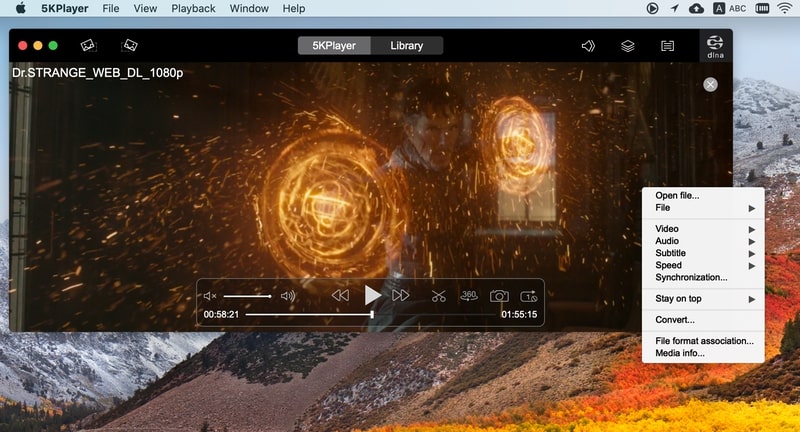

Like many other terms in our business, there are often two or even three commonly used names, but just to be clear, as of today, HEVC and H.265 are the same thing and are often used interchangeably. Out of my own two main digital cinema cameras, only one of them supports H.265 recording, the Fujifilm X-T3, but I also notice that my GoPro Hero 7 Black supports H.265, although GoPro refers to it only as HEVC. The Fujifilm X-T3 utilizes the H.265 codec for internal recording at resolutions up to 4K DCI at 60p. It supports resolutions up to 8192×4320, including 8K UHD, and unlike the primarily 8-bit AVC, HEVC’s higher fidelity Main10 profile has been incorporated into nearly all-supporting hardware. In comparison to AVC, HEVC offers from 25 percent to 50 percent better data compression at the same level of video quality or substantially improved video quality at the same bit rate. I was amazed to discover that H.265 was started in 2013, but it’s only about the past two years that it seems to have reached critical mass with a lot of new cameras, from Go Pros to high-end digital cinema cameras, including it in their codec options. High-Efficiency Video Coding (HEVC), also known as H.265 and MPEG-H Part 2, is a video compression standard designed as a successor to the widely used Advanced Video Coding (AVC, H.264 or MPEG-4 Part 10).

H.265 was originally known as High-Efficiency Video Coding.
#Best way to watch h265 for mac pro
While this is by no means a complete list, popular cameras like the entire ZCam line, the Panasonic Lumix S1H and AU-EVA 1, Go Pro Hero 7 and 8 Black, Apple iPhone, Canon XF-705, as well as many others, currently or will support H.265 in the future.
#Best way to watch h265 for mac how to
The Panasonic Lumix DC-S1H is one of the newest generation mirrorless hybrids that utilizes the H.265 codec for internal recording.ĭoes your current primary camera support H.265 recording? Other than a preset in your camera’s codec/recording options, what do you know about the H.265 codec and how to most effectively use it in your production and post workflow? I thought it would be timely to explore H.265 usage in digital cinema and pro video since we’re just receiving word that there are already new options on the horizon that will update and compete with H.265.


 0 kommentar(er)
0 kommentar(er)
